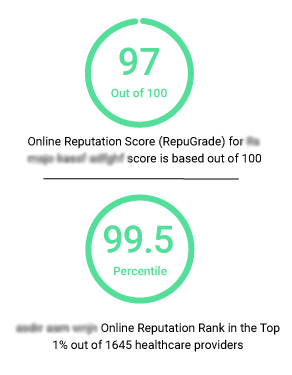How to Avoid Web Design Disasters and Welcome Visitors to Your Site
The Internet has brought many very interesting tasks and considerations into the business world. It is an odd place where amazing sites, such as one that provide instruction and inspiration, reside in the same space as sites that are parasitic and harmful. It can make it very difficult for visitors to know which sites are serious and which are scams.
As a business, this is something that you have to keep in mind when designing your site. Website design plays an extremely important role in a visitor’s first impression on your site. A poor design will cause people to decide your site is potentially dangerous, that you aren’t taking your website seriously, or perhaps that you don’t know how to market your company.
Related: Why Outsourcing Website Design Is Preferable for Small Companies
Here are ten ways to make sure that your website design says the right things to visitors. Following these guidelines will make your site welcoming and professional, which is likely to significantly increase your traffic.
- Your domain name is extremely important to visitors. There are several things to consider when deciding what domain name to use (beyond finding out if it is available).
- Type out the name as it will appear (no spaces and punctuation) and make sure it doesn’t say anything obscene or insulting.
- Don’t use a name that is similar to another business. Scammers often figure out a domain name that is extremely similar to brands and popular sites to fool users who intended to go to a different site.
- Come up with several alternatives in case the domain name you want is already taken.
- Be careful about the pop-ups you use, especially how many appear on your site. A good website design will mean you can collect the information you need without constantly using pop-ups. While these can be an effective way of getting information from visitors, many scammers use pop-ups to collect personal and financial information. The best thing to do is avoid asking for credit card numbers, bank accounts, or other sensitive information in a popup window.
- Make your contact information easy to find. One of the biggest website design mistakes is to bury your company’s contact information or omit it entirely. People want to be able to get information, ask questions, and make suggestions, so give them a way to communicate. Entirely omitting your contact information tells visitors that you are probably a scammer site because they don’t want to communicate with their victims. That is something to keep in mind when you are visiting other sites as well.
- Ensure your content is both reader friendly and informative. Early in website design, businesses focused on keyword stuffing. Fortunately, that has gone by the wayside in favor of writing to actual people (instead of fighting for search engine ranking through sloppy keyword use).
- Have your content reviewed by an editor. You should not have strange grammar, misspellings, or awkward wording on your page. That includes texting spelling; they are not only unprofessional, texting spelling is very difficult to read. These are very closely associated with fraudulent sites because they do not take the time to get it right. The sloppier the content, the more likely it is a scam.
- Use clear, clean images. Scammers are infamous for having blurry and grainy pictures on their site. One of the basics of good website design is having professional looking images. Ultimately, visitors will want to buy what they see in the pictures, so you want them to have the best possible image so they know what they are getting.
- Keep your look clean, including using established, professional fonts. Using a lot of colors and fonts was neat in the 90s when people were just getting used to the Internet. That stage is long gone now, and pretty much only the scammers haven’t realized it yet.
- Keep the site clear and on topic. This means that you need to focus on what the business provides, not the things that you would like to add at a later time. Visitors who reach your site might think that you are a scammer if your web design boasts that you are an expert in several areas that are entirely unrelated.
- Include client recommendations, case studies, and testimonials. You will need permission, but it is worth it to show what people say about you.
- Link to safe pages. For example, you can send your site to the Better Business Bureau and online directories.
Related: How Faulty Website Design Can Impede E-Commerce Sales
Comments are closed


